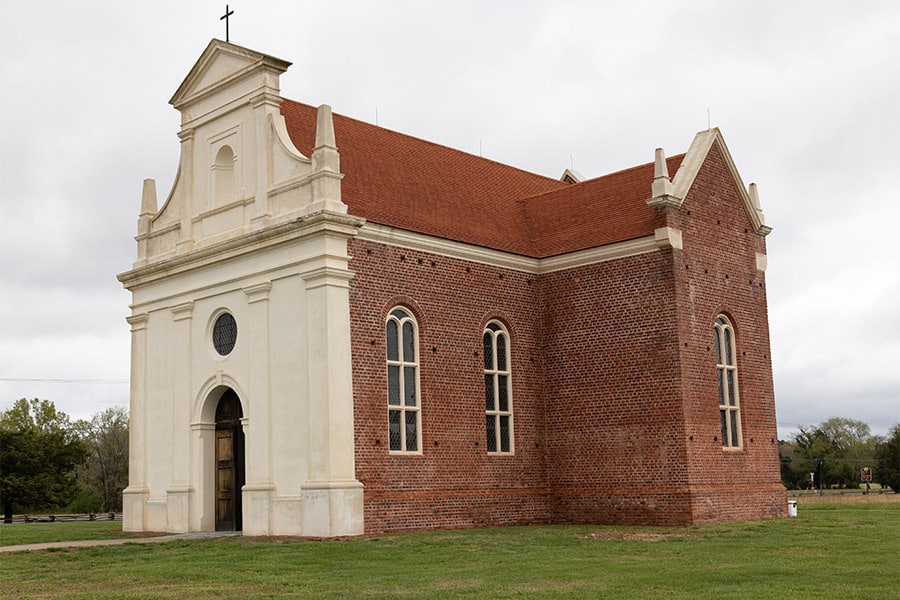Restored Sanctuary Reveals Maryland's Pioneering Legacy of Religious Tolerance

A momentous day arrived for the historic Brick Chapel, a profound symbol of religious liberty that stands as a testament to Maryland's pivotal role in America's journey toward freedom of faith. After more than four decades of meticulous historical research, archaeological investigations, and careful reconstruction, the chapel's interior was finally revealed, marking a significant milestone in preserving this important cultural landmark.
The unveiling represented the culmination of an extraordinary collaborative effort by historians, archaeologists, and preservation experts who had dedicated countless hours to uncovering and restoring this remarkable piece of early American religious heritage. Each carefully restored detail told a story of resilience, tolerance, and the foundational principles that would come to define the spiritual landscape of the United States.
Standing as more than just a building, the Brick Chapel emerged as a powerful narrative of Maryland's progressive spirit and its crucial contribution to the concept of religious freedom that would later become enshrined in the nation's core values.
